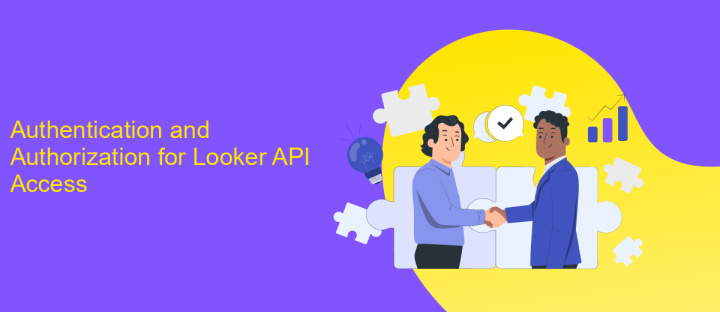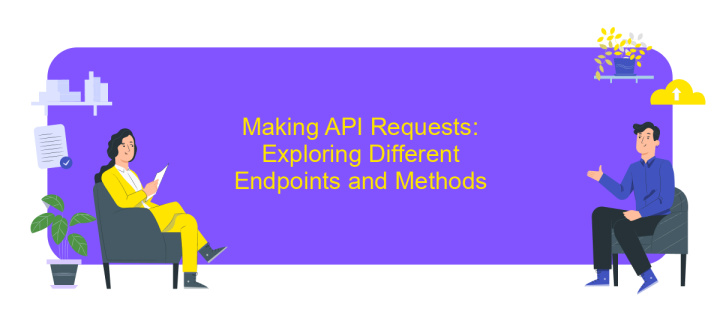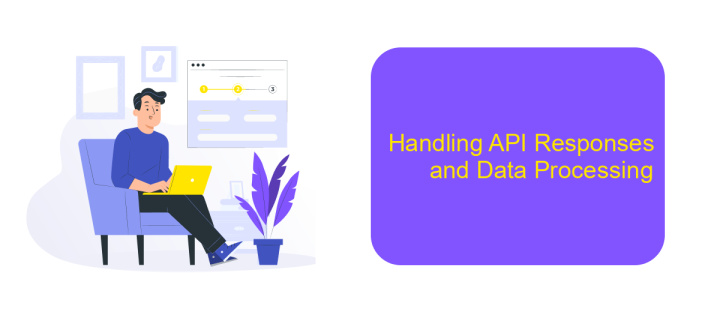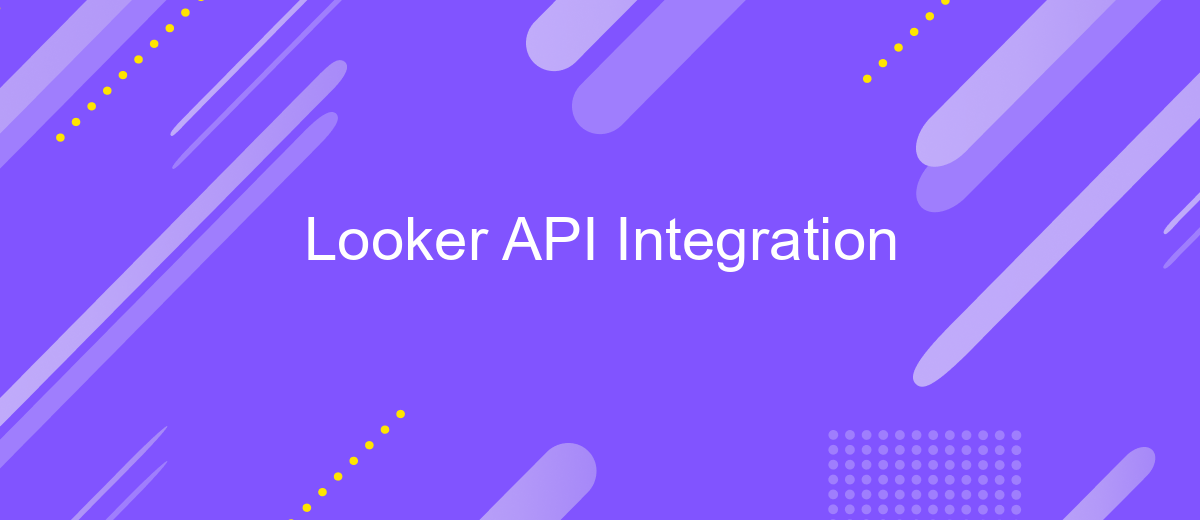Looker API Integration
The Looker API Integration enables businesses to seamlessly connect their data ecosystems, providing a powerful platform for data analysis and visualization. By leveraging the Looker API, organizations can automate workflows, enhance data-driven decision-making, and customize their analytics experience. This integration empowers teams to unlock deeper insights, streamline operations, and foster a culture of innovation, ultimately driving business growth and efficiency in today's competitive landscape.
Introduction to Looker API and its Capabilities
The Looker API is a powerful tool that allows developers and analysts to seamlessly integrate Looker's analytics capabilities into their applications and workflows. By leveraging the API, users can programmatically access Looker data, automate repetitive tasks, and enhance their data-driven decision-making processes. This integration facilitates a more dynamic interaction with data, enabling users to extract insights efficiently and effectively.
- Automated data retrieval and report generation for streamlined operations.
- Custom dashboard creation and embedding for tailored user experiences.
- Data-driven alerts and notifications to keep stakeholders informed in real-time.
- Integration with third-party applications for extended functionality and collaboration.
Utilizing the Looker API unlocks a range of opportunities for businesses aiming to enhance their data analytics ecosystem. It provides a robust framework for accessing and managing data, offering flexibility and scalability. Whether it's creating custom reports or integrating with existing systems, the Looker API empowers users to harness the full potential of their data, driving better business outcomes and fostering innovation.
Authentication and Authorization for Looker API Access

To access the Looker API, proper authentication and authorization are essential. Looker uses OAuth 2.0, a robust framework for token-based authentication, ensuring secure access. Begin by creating an API client in the Looker admin panel, which will generate a client ID and client secret. These credentials are crucial for obtaining an access token, which grants permission to interact with Looker's API endpoints. It’s vital to keep these credentials confidential to prevent unauthorized access.
Once authenticated, authorization determines what data and actions are accessible. Looker’s role-based access control (RBAC) allows you to define permissions, ensuring users access only what they are entitled to. For seamless integration and automation, consider using services like ApiX-Drive. It simplifies the process by connecting Looker with various platforms, reducing the complexity of manual API calls. ApiX-Drive provides a user-friendly interface to set up integrations, making it easier to manage and automate workflows without extensive coding knowledge. Properly managing authentication and authorization ensures the security and efficiency of your Looker API interactions.
Making API Requests: Exploring Different Endpoints and Methods

Integrating with the Looker API allows developers to interact programmatically with Looker’s powerful data analytics platform. To make an API request, you first need to authenticate using OAuth or API keys, ensuring secure access. Understanding different endpoints is crucial, as each serves a specific function within the Looker ecosystem. Whether you're fetching user data, querying dashboards, or managing content, knowing which endpoint to target is essential for efficient API use.
- Auth Endpoint: Use this to authenticate and receive an access token.
- Query Endpoint: Execute SQL-like queries to retrieve data from your Looker instance.
- Dashboard Endpoint: Access and manage dashboards, including viewing and updating them.
- User Endpoint: Manage user information and permissions within Looker.
- Content Endpoint: Handle Looker content such as looks, folders, and projects.
Each method, be it GET, POST, PUT, or DELETE, serves a distinct purpose. GET requests retrieve data, POST creates new records, PUT updates existing data, and DELETE removes records. By mastering these methods and endpoints, developers can fully leverage Looker's API to automate workflows, enhance reporting, and drive data-driven decisions.
Handling API Responses and Data Processing

When integrating with the Looker API, handling API responses efficiently is crucial for seamless data processing. The API responses typically come in JSON format, which is both lightweight and easy to parse. Understanding the structure of these responses allows developers to extract and manipulate the data effectively.
Begin by parsing the JSON response to convert it into a usable format within your application. This process often involves converting JSON objects into native data structures like dictionaries or arrays, depending on the programming language used. Once parsed, the data can be filtered, sorted, or aggregated to meet specific business needs.
- Inspect the API response structure to identify key data points.
- Utilize error handling to manage any unexpected API responses.
- Implement data validation to ensure the integrity of the processed data.
- Optimize data processing for performance and scalability.
Efficient data processing not only improves application performance but also enhances the user experience by delivering accurate and timely insights. By leveraging Looker's robust API and employing best practices in data handling, businesses can unlock the full potential of their data-driven strategies.
- Automate the work of an online store or landing
- Empower through integration
- Don't spend money on programmers and integrators
- Save time by automating routine tasks
Practical Examples and Use Cases of Looker API Integration
Integrating Looker API into your data ecosystem can transform the way you access and analyze business insights. One practical example is automating report generation. By leveraging Looker API, businesses can schedule and distribute reports to stakeholders without manual intervention, ensuring timely and consistent data delivery. This automation not only saves time but also minimizes errors associated with manual data handling. Additionally, Looker API can be used to create custom dashboards tailored to specific business needs, allowing for more granular data analysis and decision-making processes.
A compelling use case for Looker API integration is enhancing data-driven marketing strategies. By connecting Looker with marketing platforms through services like ApiX-Drive, businesses can seamlessly import and visualize marketing data. This integration allows marketers to track campaign performance in real-time, adjust strategies on the fly, and allocate resources more effectively. ApiX-Drive facilitates this process by providing a user-friendly interface to connect Looker with various marketing tools, ensuring a smooth data flow and empowering businesses to make informed decisions based on comprehensive insights.
FAQ
What is Looker API and how can it be used for integration?
How do I authenticate with Looker API?
Can I automate data extraction from Looker using the API?
What are some common use cases for Looker API integration?
How can I simplify the process of integrating Looker API with other applications?
Apix-Drive is a universal tool that will quickly streamline any workflow, freeing you from routine and possible financial losses. Try ApiX-Drive in action and see how useful it is for you personally. In the meantime, when you are setting up connections between systems, think about where you are investing your free time, because now you will have much more of it.


